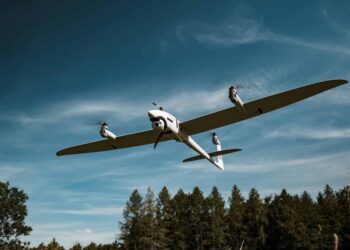US Air Force, EDWARDS AIR FORCE BASE: Members of the F-35 Joint Strike Fighter Integrated Test Force here are testing the chemical and biological survivability of the future jet.
However, they are testing the decontamination processes on a retired F-16 Fighting Falcon.
The aim is to find ways to return the fighter to service after exposure to the agents during combat operations. The fighter is the first U.S. fighter aircraft to have a requirement to survive chemical and biological exposure.
The test involves three internal trials and one external contamination trial using a simulated chemical agent and a simulated biological agent.
To perform the biological tests, the team used a harmless spore. It has the same characteristics as anthrax. Test officials injected the spores in the running engine to contaminate the environmental control systems, said Mark Chace, test force program manager.
“Then, the aircraft was pulled inside a portable, inflatable rubber hangar and exposed to vaporized hydrogen peroxide as the decontamination method,” Mr. Chace said.
The process took two to three days. Then the vaporized hydrogen peroxide broke down into water and oxygen.
“We have completed one of three bio trials, and we are in the third of four chem trials. The final bio trial will be a week after Thanksgiving, and the remaining chem trial will follow,” Mr. Chace said.
The chemical tests are similar. The F-16 will be sprayed with a vaporized simulated chemical agent and put inside a hangar for decontamination. But this process involves heating the aircraft rather than using vaporized hydrogen peroxide.
“The aircraft is placed inside a metal shelter — or as we refer to it, hot air decon chamber — and heated to approximately 180 degrees (Fahrenheit) for six days,
Germany says adding explosive drones to weapons arsenal
Germany said Friday it would buy explosive drones for the first time as Berlin boosts investments in its armed forces...









